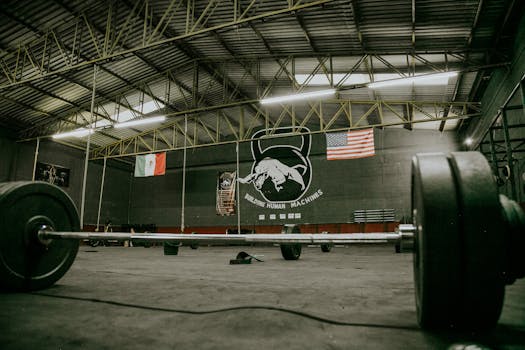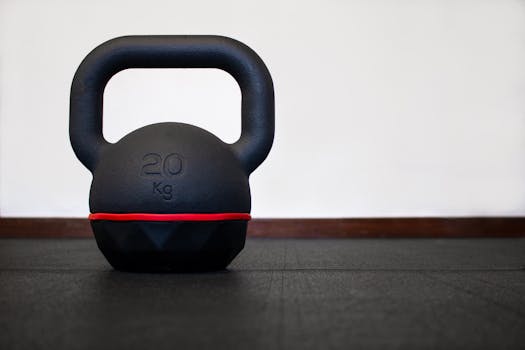
Free Weights vs. Machines: Which is Better for Strength Training?
Takeaways: Strength training is essential for building muscle, increasing strength, and improving overall fitness. When deciding between free weights and machines, consider your fitness goals, experience level, and preferences. Both methods have unique advantages and can complement each other in a comprehensive workout routine.
Strength training is a vital component of any fitness regimen, helping to improve muscle mass, enhance metabolic rate, and boost overall health. However, one of the most debated topics among fitness enthusiasts is the effectiveness of free weights versus machines. In this article, we will explore the benefits and drawbacks of each to help you determine which might be better for your strength training journey.
Understanding Free Weights

Advantages of Free Weights
- Functional Strength: Free weights mimic real-life movements, helping to develop functional strength that translates to everyday activities.
- Greater Range of Motion: Users can perform exercises through a full range of motion, which can lead to better flexibility and muscle development.
- Engagement of Stabilizing Muscles: Free weights require the activation of stabilizing muscles, contributing to overall strength gains.
- Variety of Exercises: There is an extensive range of exercises possible with free weights, allowing for unlimited creativity in workouts.
Disadvantages of Free Weights
- Learning Curve: Proper form and technique are crucial when using free weights, which can be intimidating for beginners.
- Increased Risk of Injury: Without proper technique and safety measures, free weights can lead to injuries.
The Role of Machines in Strength Training

Advantages of Machines
- Ease of Use: Machines often provide clear instructions and support, making them more accessible for beginners.
- Isolation of Muscles: Machines are excellent for isolating specific muscles, which can be beneficial for rehabilitation or focused muscle development.
- Reduced Injury Risk: The guided movements and support reduce the risk of injury, especially for those unfamiliar with strength training.
Disadvantages of Machines
- Limited Range of Motion: Many machines restrict movement patterns, which may not translate well to functional strength.
- Lack of Stabilization Muscle Engagement: Machines do not require the same level of stabilization, which can result in imbalanced muscle development.
Which is Better for Strength Training?

Incorporating both free weights and machines into your workout routine can offer the best of both worlds. For example, you might use machines to target specific muscle groups on certain days and complement that with free weight exercises to build overall strength and stability on other days.
Conclusion

FAQs
1. Can I build muscle using just machines?

2. Are free weights better for overall fitness?
Free weights can be better for overall fitness as they engage multiple muscle groups and improve functional strength, which is beneficial for daily activities.
3. How should I incorporate both free weights and machines into my routine?
A balanced approach might involve using machines for isolation exercises and free weights for compound movements. Consider alternating between the two or combining them in the same workout.
4. Is it safe to use free weights without a trainer?
While it is possible to use free weights safely on your own, it is recommended to learn proper form and technique from a qualified trainer, especially as a beginner.
5. What should I choose if I’m recovering from an injury?
Machines are generally safer for those recovering from injuries, as they provide more support and reduce the risk of improper form.






